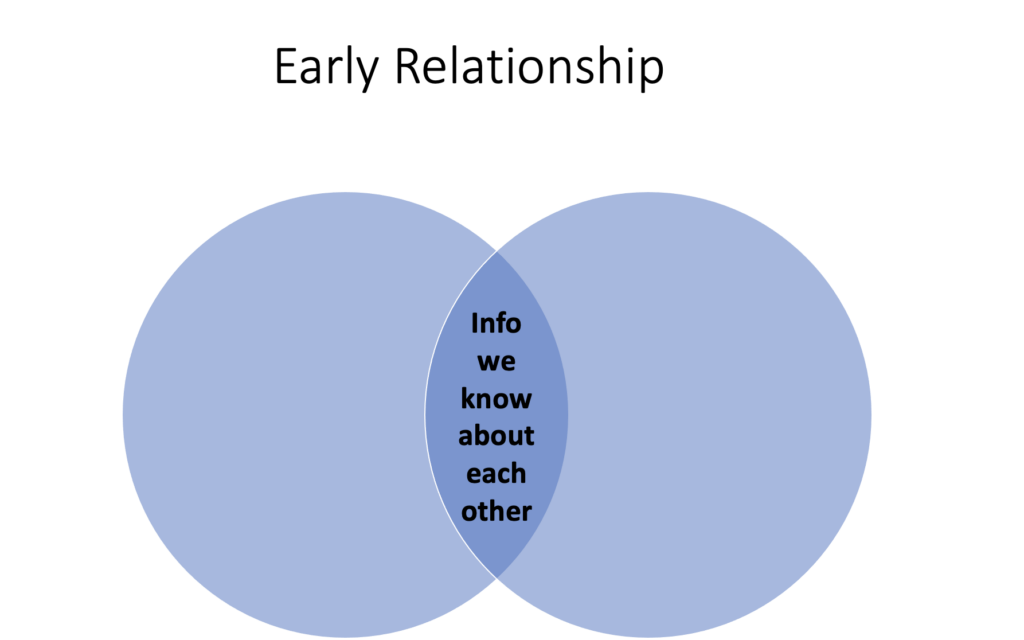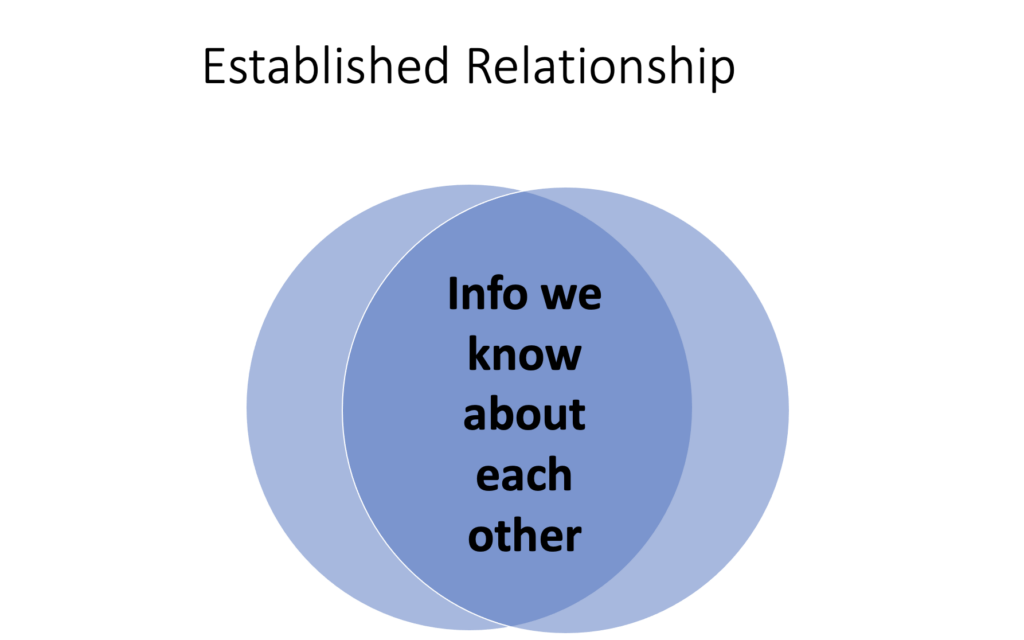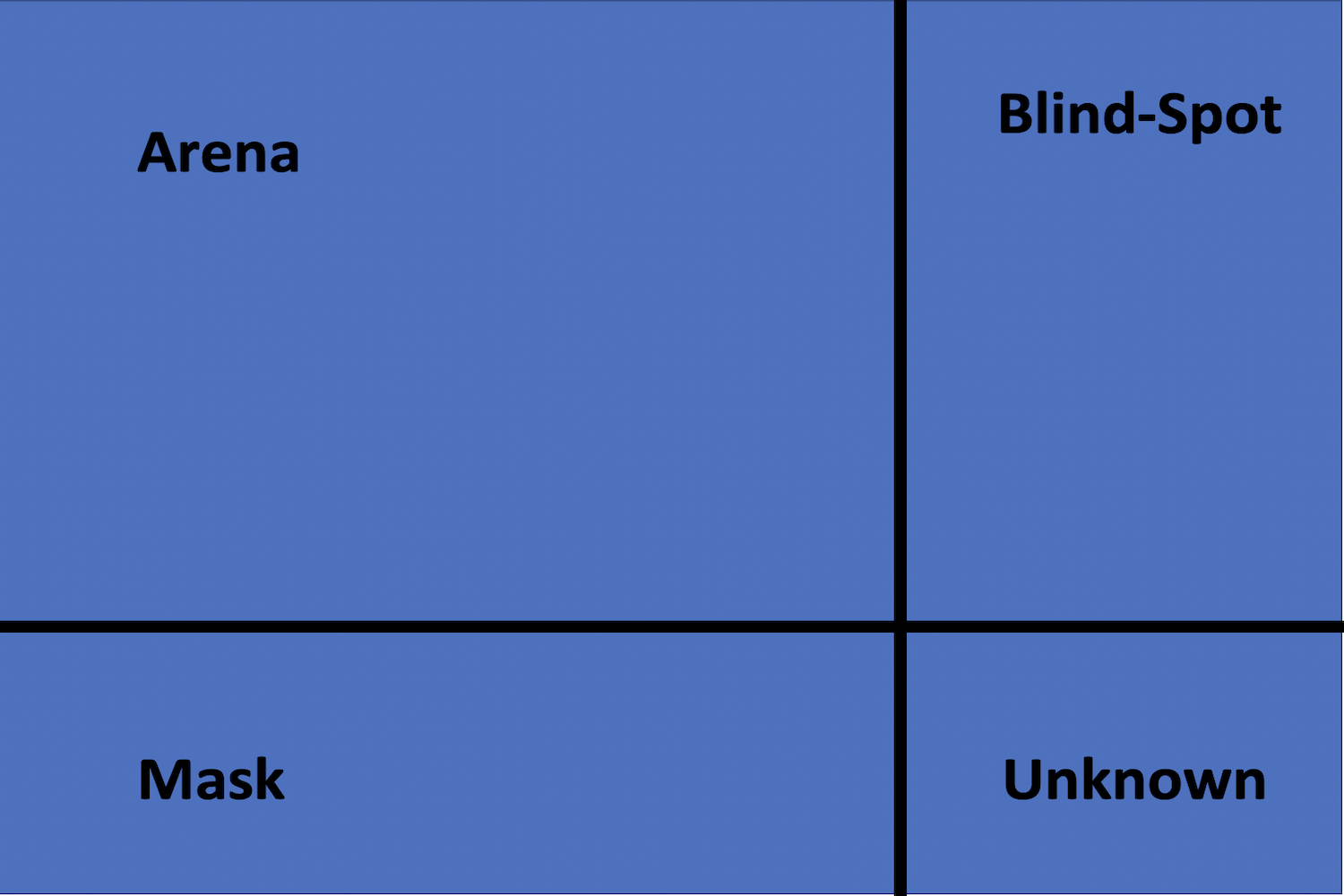Johari Window and DISC
Adam Stamm
Managing Partner: Online DISC Profile
Use DISC and the Johari Window to Find Your Blindspots
The Johari Window is a useful model to help understand the relationship between two people.
We introduce the Johari Window during DISC Certification to help trainers understand how DISC behavioral information affects our workplace relationships. Organizations and individuals use DISC to help enhance communication and to build healthier relationships. The Johari Window helps frame this process (no pun intended!).
Trainers, team leaders, and individuals can take advantage of the Johari Window as a tool to learn about themselves, discover personal blind spots, or share insights about themselves with others.
What is the Johari Window?
The Johari Window gives a person or a group a way to visualize a relationship.
It was developed by Joseph Luft and Harrington Ingham in 1955. In fact, the term ‘Johari’ is a combination of Joseph’s and Harrington’s names.
There are four “panes” in the Johari Window:
- The Arena
- The Blind-spot
- The Mask
- The Unknown
Each ‘window’ changes in size depending on how much information is contained in each section. To use it, you first need to understand all of the individual parts of the model:
The Arena
The arena represents information that two individuals know about each other. The arena = shared knowledge.
In the early stages of a relationship, the arena is very small because it’s impossible to know someone by just looking at them!
As relationships grow, the arena also can show strong correlations with how much trust there is in a relationship.
Most of the information was probably simple facts; your names, the college or school that you attended, or the amount of time working in your particular industry.
As you spend more time with each other, this quadrant of the window will begin to expand.
The Blind-Spot
The Blind-spot quadrant is best understood by visualizing yourself driving a car down the highway.
As you are driving, individuals driving behind you have a better view of your decision if you should merge into another lane. They can see your situation from a different angle.
This quadrant contains information that others can see that you might have missed, and it is particularly interesting as we discuss DISC and our own behaviors.
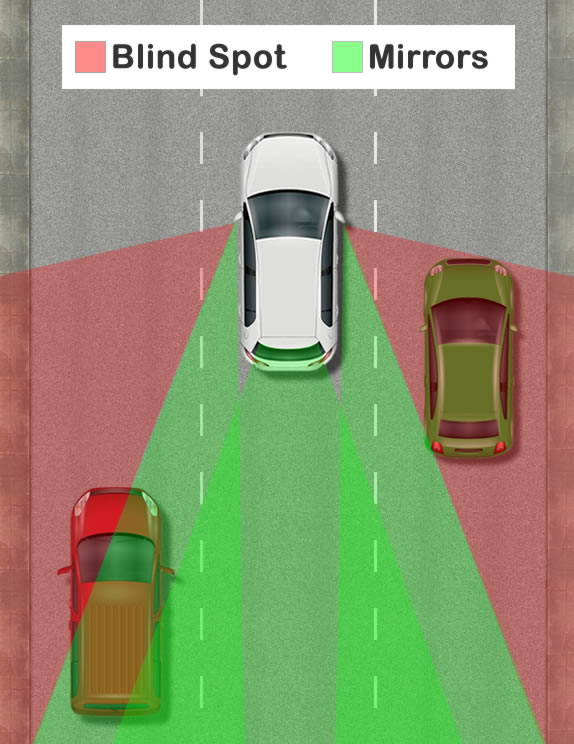
The Mask
The Mask quadrant is information that we keep secret from others.
It’s important to note that the decision to withhold information doesn’t have to be a conscious one. Often, this quadrant could be larger because of insecurities, social norms, or culture.
For example, a person might not disclose how they feel about a new project that their boss wants to start. They might have an experience of a similar project that failed, but the culture of their company doesn’t allow them to speak up and share that experience. Fear of how they will look if they disagree with their boss might cause them to stay quiet.
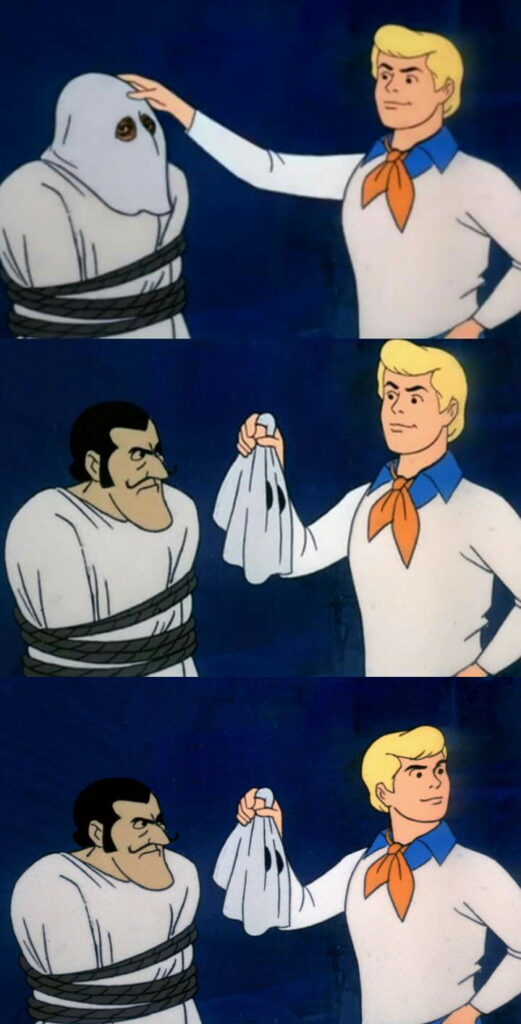
The Unknown
The Unknown quadrant represents information that neither of us know about ourselves or each other.
Trainers, coaches, and teachers work hard to shine light into this window through shared discovery.
As an example, many individuals who become public speakers don’t seek out this line of work. Individuals who are believed to be shy and introverted might only learn about their skills in public speaking the instant when they try it. Everyone present for that moment now has a better understanding of the person that they thought was only shy and introverted.
In the book & movie The Lord of the Rings, Frodo Baggins has no idea that he has the ability to fight trolls, negotiate with elves or save Middle Earth! While this example might be extreme, we shouldn’t discount what we don’t know about ourselves!

Johari Window and DISC
The ultimate goal of a DISC Basic Training Workshop is to build deeper interpersonal relationships. When this happens, communication is more effective, and the team’s culture is more open and inviting.
During a DISC Workshop and during our DISC Certification, we ask learners to do the following with their completed DISC Profile:
- Put a checkmark next to statements that you agree are like you
- Put an “x” next to statements that are not like you
- Put a question mark next to statements that you’re not sure are like you
- Underline the three statements that you feel best to describe you
Next, we ask everyone to get into pairs and discuss what they have identified. In this simple exercise, each pane of the Johari window is uncovered. Over the years, we have collected examples of the insights that DISC has provided for each quadrant of the Johari window.
DISC and the Mask Window
Often, the Mask Window is the hardest window to get into.
This window requires trust.
In a past workshop, there was an individual who had a DC/CD Personality Type. By challenging others, they believed that they can be the most effective at their job by ensuring no stone was left unturned. They were hyper-focused on work and left little time to talk about anything but the task at hand.
This person was paired with someone who had the I Personality type.
The person with the DC/CD-Personality Style felt that the person with the I-Style avoided work by constantly socializing with everyone in the office.
The person with the I-Style was able to open up that they felt the individual with the CD/DC style caused unnecessary tension by being hyper-focused on work and not allowing the office to have causality throughout the week.
DISC allowed them to unmask themselves to each other by being able to have a judgment-free conversation about their feelings towards each other. After all, their comments were already provided in each other’s DISC Profile.
DISC and the Blind-Spot
An often overlooked quadrant that shrinks during this activity is the Blind Spot.
As the pairs of individuals discuss their personal styles, we occasionally hear a rebuttal about behavior that someone crossed off thinking they don’t exhibit.
In one workshop, we had a person who couldn’t hold back their surprise when their colleague with C-Style mentioned they didn’t believe they were skeptical at work.
When the comment was made, the room burst into laughter!
The fact that they were questioning if they are skeptical is a prime example of their skepticism.
Often, the power of DISC on the blindspot is when these instances happen. While discussing our personal results, we find how true the results really are and we start to shrink our own blindspots about our own behavior.
In 2018, there was a horrible shooting at the Capital Gazette in Maryland. During the aftermath of the incident, workers at the newspaper were astonished to learn personal facts about their deceased colleagues.
While the newspaper worked hard to uncover and investigate stories in their community, they had little time to learn much about their co-worker one desk over. The Capital Gazette isn’t alone in this issue.
Nearly 1 in 10 US workers report that they don’t have a single friend at work. Now, you could argue that means that 9 and 10 individuals do have a friend at work. However, the effects of one person can change the atmosphere on any team and in any organization.
When work relationships have a large arena they can engage in conflict without fear of a fight.
They can be open and honest with each other when providing feedback. Often, these teams enjoy coming to work and being around each other.
How to use the Johari Window during a DISC Training
DISC is only effective if it is used.
While the theory is interesting, the value of DISC is when two people are able to engage in conversations where DISC helps explain their motivation or they use it to help adapt how they communicate.
In order to use DISC successfully, it’s important that teams and organizations that use DISC ensure that everyone recognizes that all DISC styles are equally valuable.
Then, teams can use the Johari Window to show what they have learned about each other. They can think about one person that they interacted with and what insights DISC has provided them for each quadrant in the Johari Window.
